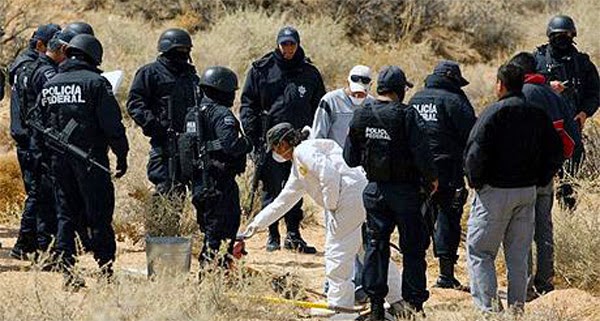My credit card gives me frequent-flier miles. Why can’t I set up a PayPal account to charge myself thousands and use that same money to pay off the card?
A Chicago consultant once ran a scam like this, except it wasn’t a scam, because it’s perfectly legal, and it wasn’t really like this, because it was much, much better.
 |
| Brad's Deals / YouTube.com |
In 2008 the US Mint began selling $1 coins on its website for $1 each, with free shipping. (The Mint wanted to replace as much paper currency as possible with longer-lasting coins.) Brad Wilson, who is the proprietor of BradsDeals.com, charged a few boxes of 250 $1 coins to his credit card, racked up the corresponding airline miles, and then deposited the coins in his checking account to pay off the credit card charges. Just like that, he’d essentially laundered money through the federal government and conjured frequent-flier miles out of thin air. “OK,” Wilson said to himself, “let me try to scale this up a bit.”
Before long Wilson was running shipments of $1 coins worth $40,000 apiece and had rented a UPS mailbox near his bank for nearly instantaneous pick up and deposit. The airline miles piled up. (Actually, Wilson was using his credit card to earn Starwood points, not airline miles, then converting them into American Airlines frequent-flier miles at the companies’ standard exchange rate of 1 to 1.25 — therefore upping his take even more. This is just the way Wilson operates.) When he got to almost 4 million frequent-flier miles, he stopped.
When I talked to Wilson, he quickly diagnosed the many flaws of your idea, even though it is legal — for example, PayPal would charge a fee on each transaction, and, more important, the company is notoriously vigilant and easily spooked and can delay a transaction if it suspects any sort of foul play, thus tying up your money. But even as he eviscerated your plan, Wilson saluted your effort and encouraged you to keep trying: “Every once in a while, an idea pops up that doesn’t have a catch.”
Our neighbor named his Wi-Fi network TwatRocker. We occasionally steal his Wi-Fi, because it’s the strongest signal in the back of our house. We have a young daughter, who doesn’t know yet that “TwatRocker” is dirty, but I worry about when she does. Can I force this creep to change the name?
Ugh. I imagine you must feel like Jean Valjean in Les Misérables: a loving man, nearly broken by a conspiracy of circumstance and abuse, forced to steal bread for his sister’s hungry children. Except in this case, the baker’s a pervert and the only bread in the window is shaped like a penis, and Jean Valjean, not wanting to see innocent, milky-cheeked children eat this vile loaf, wonders whether he can ask for a plain old roll instead.
Isn’t that how it feels?
Well, the truth is much less dramatic, according to Stanford law professor Mark Lemley. For starters, “no way is ‘TwatRocker’ obscene,” Lemley says. Offensive, maybe. But your neighbor isn’t projecting it into your home; your daughter sees it only when she actively accesses the Internet. And as Lemley points out, “if that’s the worst thing she sees on the Internet, you are a very lucky person.”
“IF THAT’S THE WORST THING YOUR DAUGHTER SEES ON THE INTERNET, YOU’RE A VERY LUCKY PERSON.”
Also know that you are not technically stealing anything. The Computer Fraud and Abuse Act (the law Aaron Swartz was famously charged with breaking) is notoriously vague about what constitutes “unauthorized access” to a network. But more important, it’s hard to argue that access is unauthorized if the network has no password. Maybe, Lemley says, your neighbor wants everyone to share TwatRocker freely.
My point is, don’t we all sometimes inflate our problems into sprawling, agonizing epics? Aren’t we all guilty of Les Misérablizing the difficulties of daily life? Do you hear the people singing? Singing the songs of angry men? Well, that’s you — and your neighbor. And me too — each of us staging our lonely revolutions against the perceived monarchy of everyone else.
We can do better. Go knock on your neighbor’s door. Explain the problem. Talk it out like human beings. Maybe invite him to a musical.
I think my girlfriend is stealing jokes and insights about the news from Twitter — throwing them into conversations like they are hers. How do I prove it and catch her?
What your girlfriend is doing, if she is doing it, is dishonest—a tiny betrayal—and you have some options about how to address it. You could easily look at the accounts she follows on Twitter, search for her source material, and call her out when she uses someone else’s jokes. Try something like “Ha, I loved that tweet from Sarah Silverman. What a funny lady!” But remember that episode of Louie, where Louis CK confronts Dane Cook about stealing his jokes? He does so thoughtfully, tempering his anger with humility and bigheartedness. Go watch it, because the second option would be to settle your problem with this same maturity. “Are you willing to admit, even for a minute, that maybe you inadvertently took ‘em?” Louie asks. “Maybe it was inadvertent, but maybe it did happen?” It’s a master class in generous accusation. Sometimes it’s OK to steal from Louis CK.
References:



